Essential classical chess books that you must read (I)
Chess literature is humongous and rich. There are hundreds of classical books written by the great masters of the past which have so much to teach us. The problem is we are so involved with engines and opening theory that we devote absolutely no time to developing our classical knowledge about the game. In this series, experienced Chennai chess mentor Srikanth Govindaseshan brings in front of you his all time favourite classical books and tells you why you should be reading them.
Introduction to the series
By IM Sagar Shah
I went to Chennai on the 5th of June for the wedding of my friends GM Vishnu Prasanna and WIM Raghavi Nagarajan. The wedding was early in the morning and we were done with the celebrations by 10 a.m. The reception ceremony was supposed to begin at 7 p.m. in the evening. I had nine hours to kill. It was then that I got an invitation to the house of three true chess lovers - IM V. Saravanan, Srikanth Govindaseshan and Ganesh Dorairaj. And although the wedding was memorable, these nine hours showed me a completely a new side towards how someone can love the game of chess.

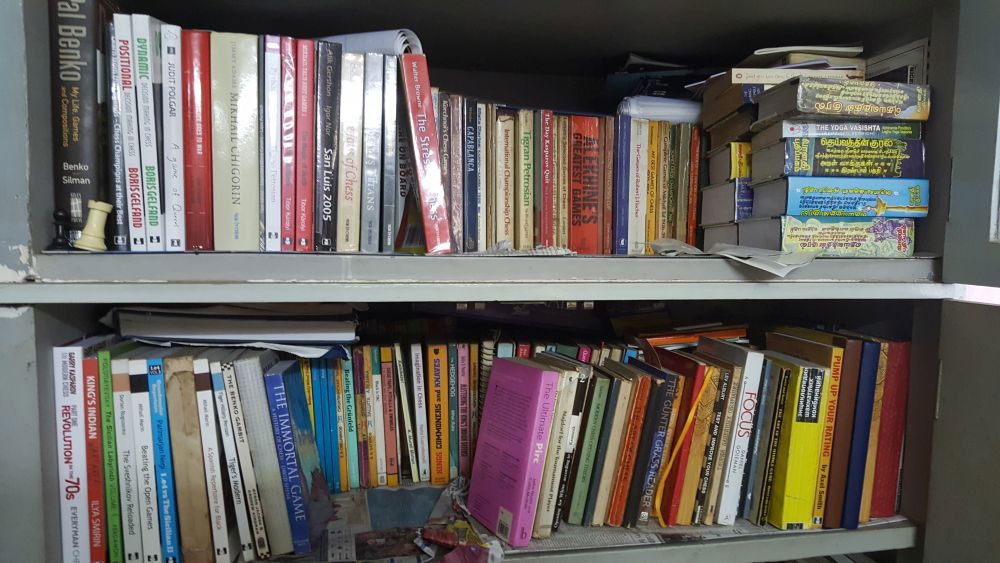
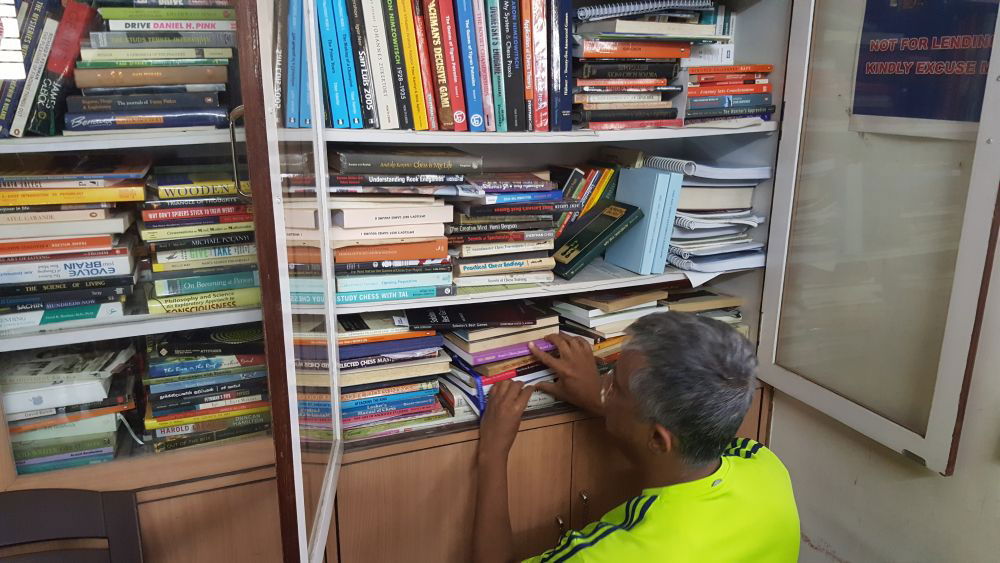
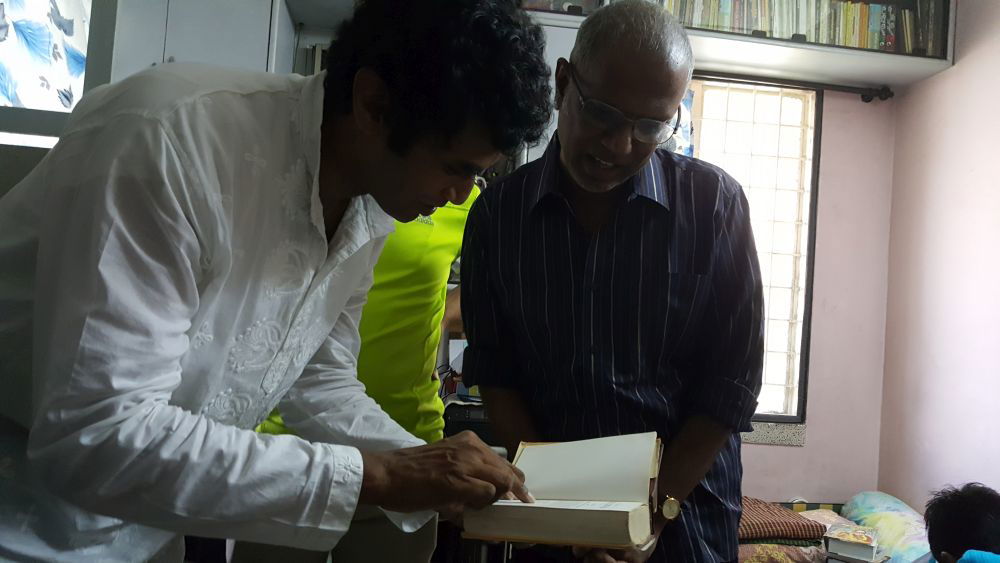
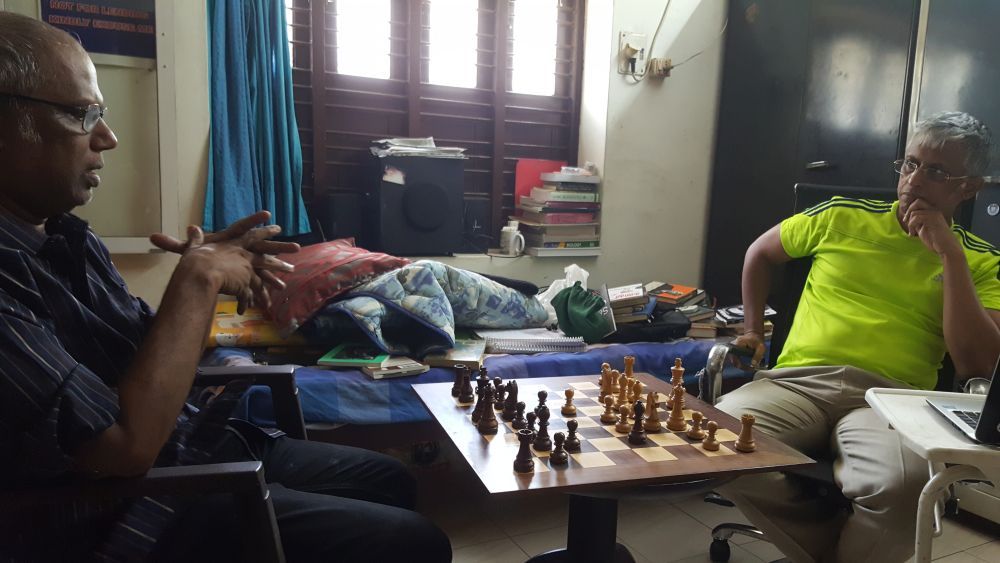

Essential classical chess books that you must read
By Srikanth Govindaseshan
"Chess Struggle in practice - Tournament book on Zurich 1953" by David Bronstein
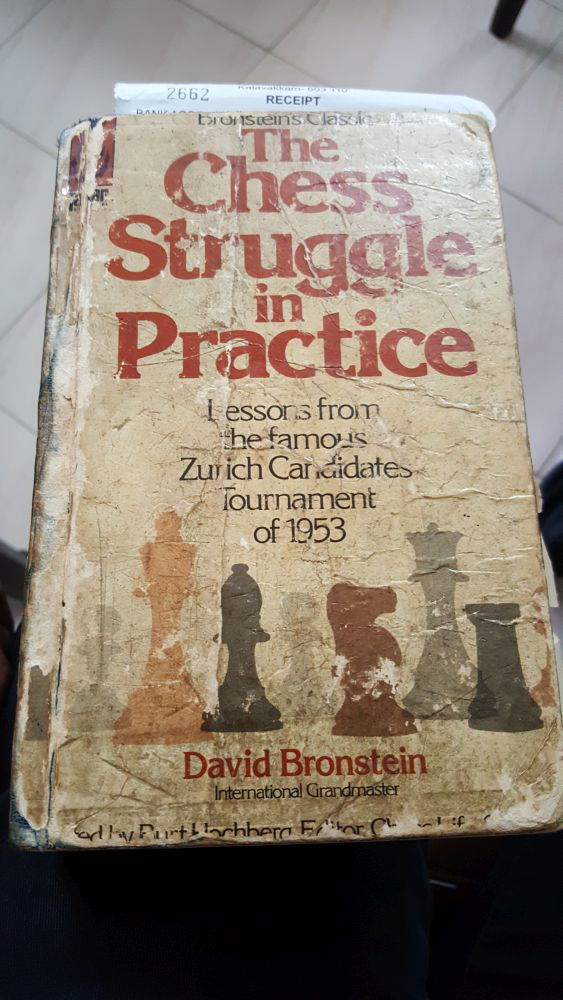
In the preface to this book, the editor wrote thus: "The author has set himself a difficult task: to create an original textbook on the middlegame out of the material of an international tournament of grandmasters" and this underlines the basis on which this book attained its stardom!
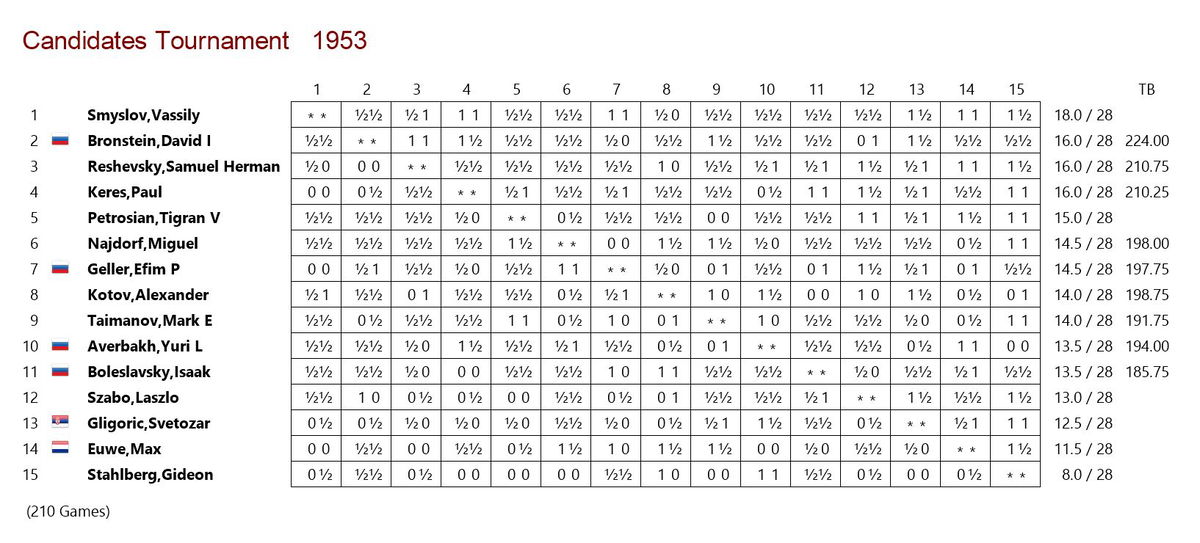
Bronstein is known for his original concepts, and the way he perceives chess is very unique, and through his games and his annotations he strives to lift the game of chess to art status! In this book, you will not find detailed analysis of moves and variations - which are futile when it comes to understanding the game and how the play evolves and advances in a game. What Bronstein does is to bring out the essence of the struggle in the various phases of the game through his deep insight which he explains verbally and in easily understandable language (though it is translated from Russian).
Szabo - Geller
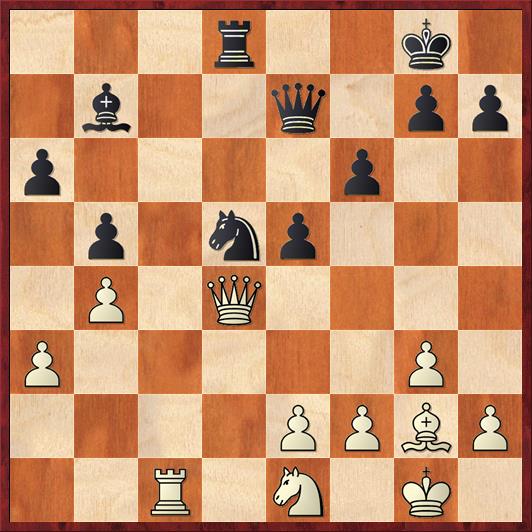
In the very first game from this tournament, played between Szabo - Geller, he deals with "dark square weakness" and explains how it impacts the pieces on the light squares too! Like many concepts in chess, chess players have no lack of knowledge of principles of play and the various concepts; but find it difficult to apply it practically. It is a common knowledge that even great players commit mistakes which lead to weakening pivotal squares. This leads to lesser mobility for one's own pieces and renders one impotent to prevent opponent's pieces from moving freely, targeting those weak squares or using them as outposts and launch pad.
If one has to understand the King's Indian Defence and the Nimzo Indian Defence, there cannot be a better place to start than acquainting oneself with reading this book thoroughly as there are more than 50 games each played in these openings and Bronstein has commented very deeply about their secrets.
Stahlberg - Boleslavsky
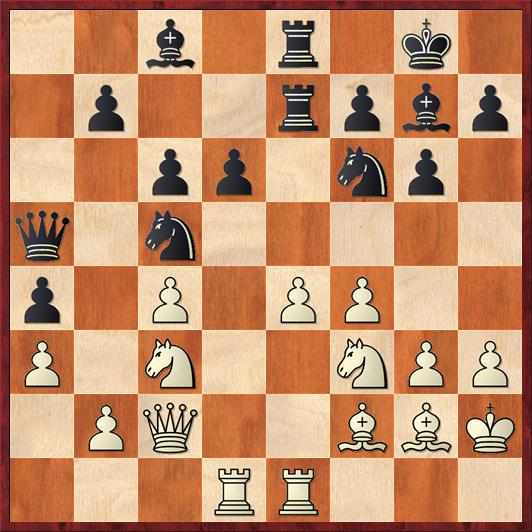
For example, in the King's Indian, we all know about the 'dynamic weakness' of the backward d6 pawn in many variations. Bronstein demystifies the secret of this backward d-pawn and its dynamic potentials in his comments after Black's 23rd move in the Stahlberg vs Boleslavsky game.
He further demonstrated the dynamism of this plan and how the play is conducted in such positions through his game against Reshevsky (position given below). Who can forget the precursor to this theme....his games against Zita and Pachmann in 1946.
Reshevsky - Bronstein
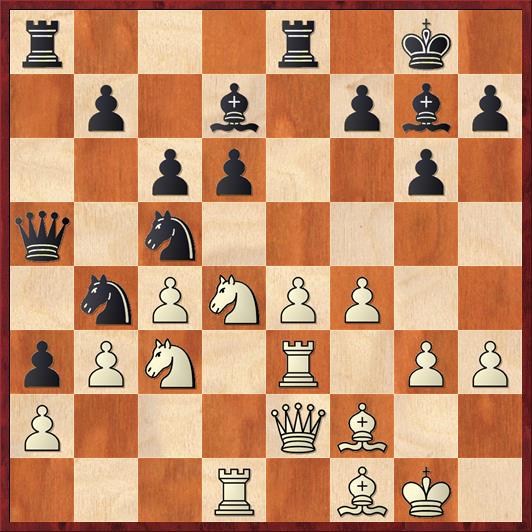
Everybody would have heard about blockade - and learnt the theory by its propounder Nimzowitsch in his "My system". What can be a better example and a practical education of this theme than the game played by Gligoric against Kotov and that too through the poetic words of Bronstein!
Kotov - Gligoric
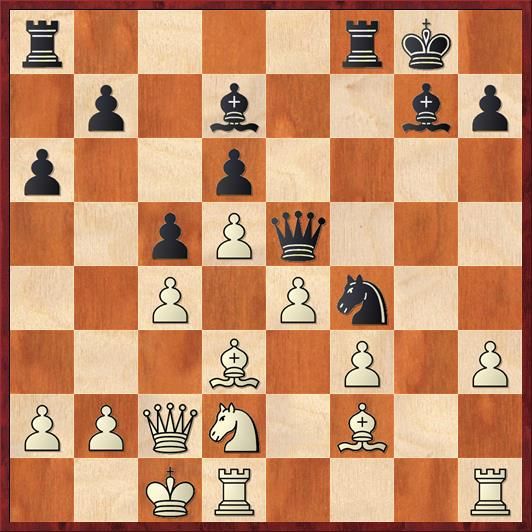
Throughout the book, Bronstein keeps emphasising on the fundamental aspects of the game and his focus is on bringing out the aesthetic appeal that the game offers us both in the moves that were actually played or in his comments if it is hidden in the variation when a side fails to play it.
Euwe vs Taimanov
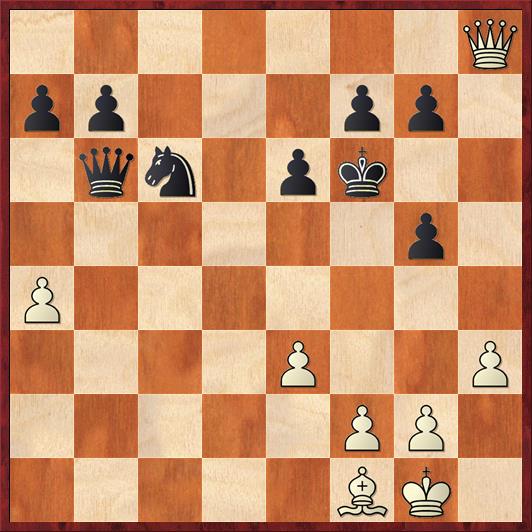
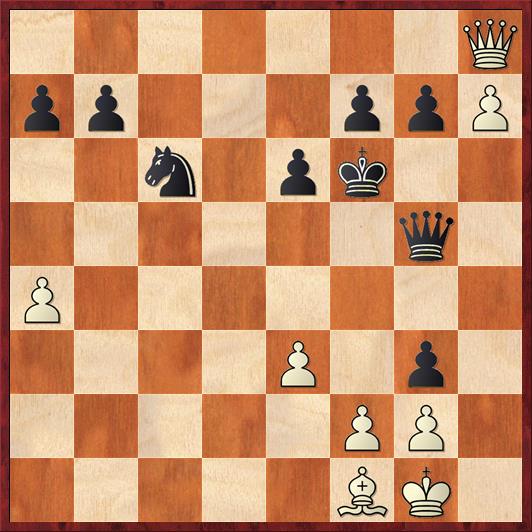
Do you wonder how that little pawn on 'h3' triumphantly marched to 'h7' unscathed in the above picture!? There are innumerable such wonders strewn over the entire book which are both instructive and provide us with immense joy!
The book is poetic, but as one has to keep re-reading poetry many times to understand its beauty and grasp its essence, so here, one needs to keep repeatedly viewing the game with the comments to understand the concepts and beauty better!
If I have to deal deeper, this exercise itself will turn into a book! One thing is sure, you cannot help getting better after you work on this book and the least that I can guarantee is that you will be filled with great joy of reading a masterpiece!
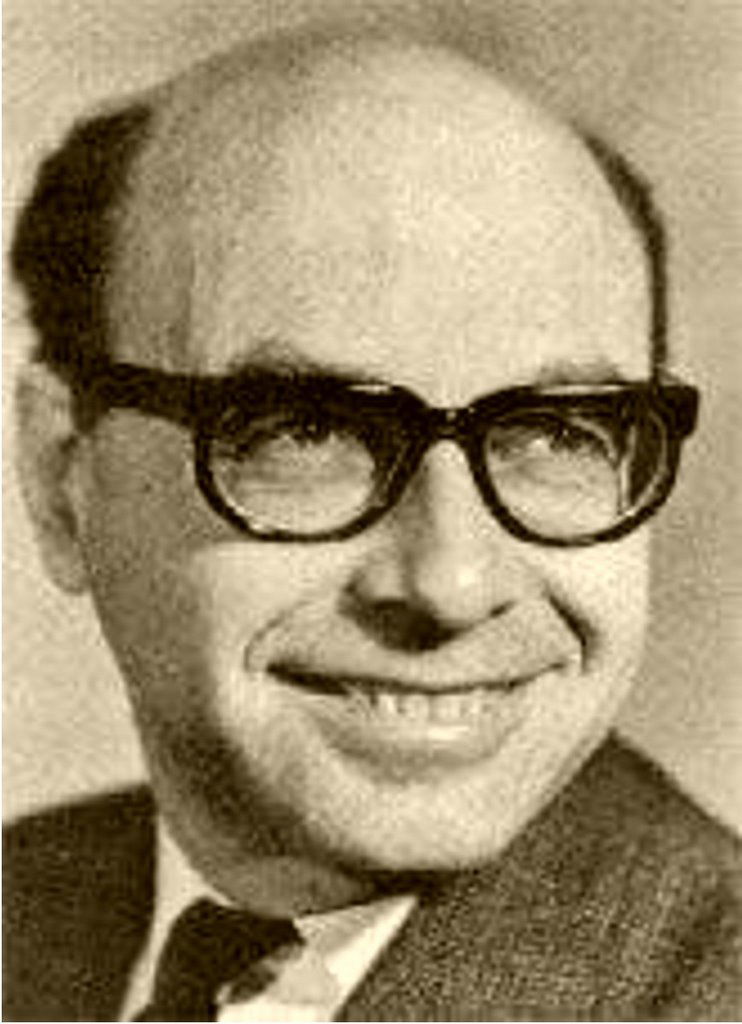
Buy David Bronstein's Zurich 1953 from Amazon India for just Rs.699/-
About the author:


